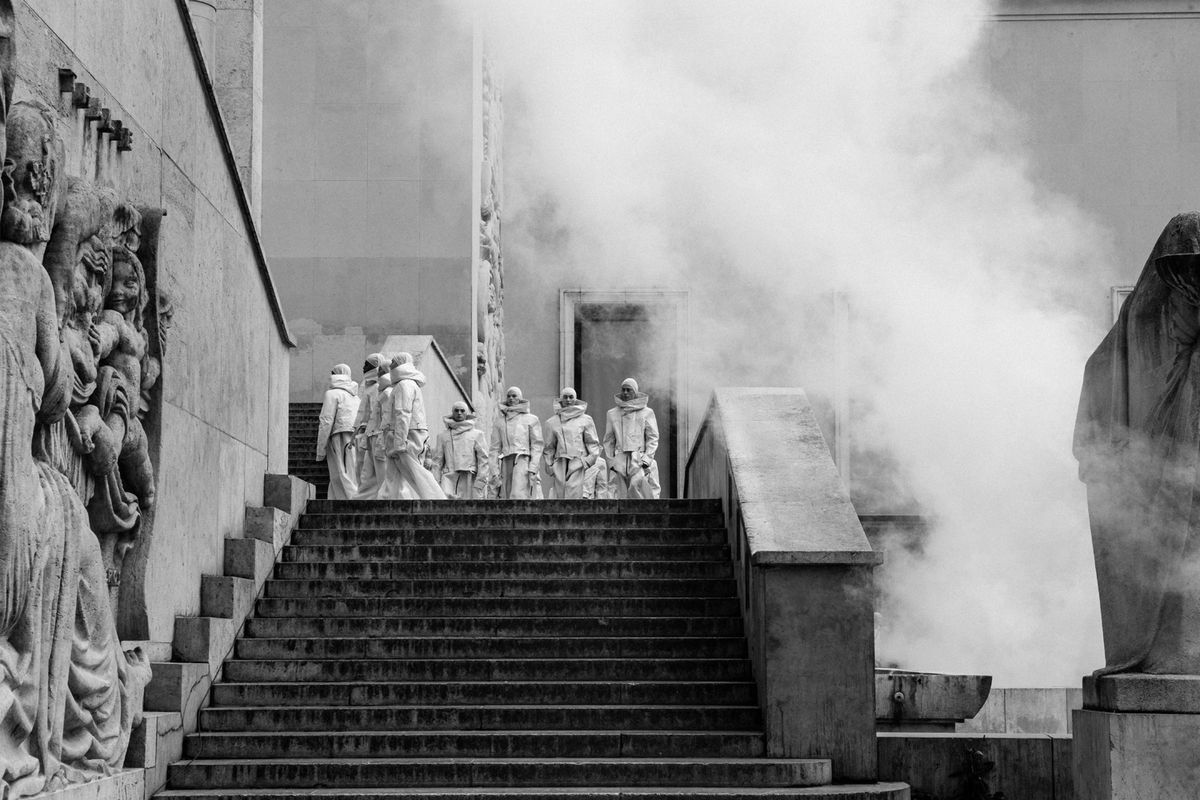Travel
Interstate Bridge report offers more insight on tolls, construction, travel times

The Interstate 5 bridge, as seen from Vancouver, Wash., on June 29, 2024.
Anna Lueck / OPB
The group leading the Interstate Bridge replacement project released a document Friday that offers insights into how a new I-5 bridge between Oregon and Washington would change travel in the region.
Select highlights from the analysis show tolling of the bridge is not expected to cause significant diversion to the Glenn Jackson Bridge, some areas of the Fort Vancouver site could be affected by the construction, and travel times during rush hour should improve if the bridge is built.
The draft supplemental environmental impact statement is a massive analysis looking at various aspects of the bridge replacement, including how different bridge designs would affect the climate, travel times and tolling.
Upon releasing the document, the Interstate Bridge Replacement Program opened a 60-day public comment period, which allows the public to weigh in on the proposed changes and their effects.
“This provides a baseline understanding of future conditions,” the bridge group said in a statement. “The analyses within the document forecast conditions under multiple scenarios, including variances in design options, in the year 2045 considering growth and other development in the region.”
The document is available online in full for public review.
Tolling
Tolls remain a concern for many Oregon and Washington commuters who will be using a rebuilt Interstate Bridge. While the draft environmental impact statement does not offer more details on the potential toll cost for drivers, it does indicate how those tolls may be applied over time.

The Interstate 5 bridge, as seen from Vancouver, Wash., on June 29, 2024.
Anna Lueck / OPB
Tolls will be needed to offset the cost of building the bridge, which remains estimated between $5 billion and $7.5 billion, though project leaders said some designs of the bridge could cost as much as 7% more, amounting to hundreds of millions of dollars.
Tolling would start on the existing Interstate Bridge once construction begins but would be lifted each night between 11 p.m. and 5 a.m. during that building period, according to the document. Once completed, tolling would be in effect 24/7 and prices would vary based on congestion.
Project leaders expect people may try to avoid the I-5 bridge during that construction period due to the combination of tolls and possible delays. That may lead to increased traffic on surface streets and the Glenn Jackson Bridge, according to the document.
After the replacement bridge is built, estimates in the document show the Glenn Jackson Bridge may see about 7,000 more vehicles per day by 2045. That still equates to an overall reduction in traffic compared to a scenario where the Interstate Bridge wasn’t built; analysts expect more trips across the river in the coming years but light rail proposed as part of the Interstate Bridge replacement will offset those increases.
Travel congestion
Overall, project leaders predict travelers in Oregon and Washington should be able to spend less time commuting once the new bridge is built.
The total hours of congested traffic each day on the bridge by 2045 should fall by around 70% for southbound lanes from Vancouver to Portland, regardless of the bridge design. Northbound lanes should see a reduction in congestion hours between 36-57%, according to the analysis.
One wrinkle in the improved travel times appears to be for bus users in Vancouver. People using the express bus from Vancouver to the Rose Quarter or downtown Portland will see their travel times tick up nine to 11 minutes on average by 2045. The expected increases are mostly due to traffic backups in the Rose Quarter, which won’t be fixed by the Interstate Bridge replacement.
“(Oregon Department of Transportation) will continue to work with partners to study the downstream bottleneck at the I-5/I-405 split in North Portland,” Friday’s report stated, “and identify potential solutions.”

At a public meeting on March 5, 2024, bridge planners released new illustrations of the potential Interstate 5 Bridge replacement. Three configurations will be part of the planners’ application for federal approval. How federal transportation officials respond to that application will impact the bridge’s final design.
Courtesy of Interstate Bridge Replacement Program
Construction impacts
Bridge planners estimate building the new span could displace as many as 47 residents and 36 businesses, particularly on Hayden Island. Construction would also likely require taking over about 9,300 square feet of East Delta Park in Portland, mostly from a vacant lot, as well as roughly 12,500 square feet of “narrow strips” along the Fort Vancouver National Historic Site’s western and southern edges.
Residences affected would include houseboats located near the bridge on Jantzen Beach. Planners expect docks that are there now will need to be removed for the larger bridge to be built. Businesses in that area, identified as “harbor shops” along North Center Avenue, will also be displaced.
The amount that noise and temporary construction takeover in various areas along the travel corridor will affect some neighborhoods will depend on the ultimate design that bridge planners pursue.








